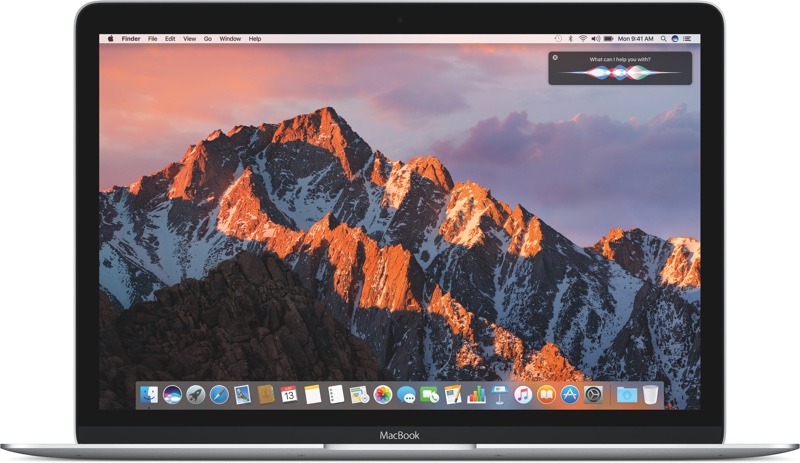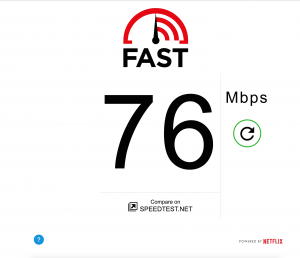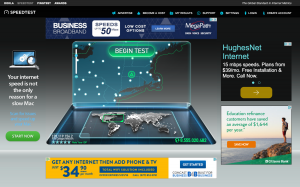While it may seem like a strange question to ask, there is an interesting history behind the largest (online and brick and mortar) storefront for video games. The control exerted by Steam on the market it controls has wide ranging implications for both consumers and developers. The availability of indie games is a relatively recent development in Steam’s history; so are the current trends pushing the near-exponential growth of the Steam library.
Back when Steam launched, the library selection was very limited, relying on the IP (Intellectual Property) that Valve (Steam’s parent company) had built up over the past half-decade. For the first 2 years of Steam’s life you could only find games created and published by Valve (Half Life and Counterstrike 1.6 being the most notable), but in late 2005 that changed as Steam inked a deal with Strategy First, a small Canadian publisher, and games started flowing onto the service. For the next 5 years the steam library was very limited as generally only large/influential publishers were able to get their games on Steam. This created tension in the Steam community, as many people want indie games to be featured and make their way onto the storefront. The tension broke when Steam agreed to allow indie games on the platform.
By 2010, the issues were obvious: Steam had no way to discern which indie games people wanted and which were not suitable for the platform. Two years later, in response to these concerns, Steam implemented the Green Light system, designed to get quality indie games on Steam. Initially Green Light was received positively. Black Mesa (A popular mod that ported Valve’s original Half Life to the Half Life 2 engine) and other releases of quality games inspired confidence. All seemed good. Fast forward to late 2015: Several disturbing trends had begun to emerge.
An enterprising “developer” realized that you can buy assets for the unity engine store, and with very minimal effort create a “game” that you could get on Green Light. These “games” were often just the unity assets with AI zombies that would slowly follow you around, providing little to no engaging content and which hardly could be considered a game. These games should have never made it through Green Light, but the developers got creative in getting people to vote for their games. Some would give “review” keys away pending a vote/good review on their page while others promised actual monetary profit through the Steam’s Trading Card economy.
Asset flips are just one example of how Green Light was exploited (not to mention the cartel-like behavior behind some of the asset flippers). By 2016 Steam was in full damage control, as the effects of Green Light were becoming apparent, the curated garden that once was Steam became overgrown and flooded with sub-par games. So overabundant was the flow of content that by the end of 2016, nearly 40% of Steam’s whole library was released in that year alone. 13 years of content control and managing customers’ expectations were nullified in the span of a year. (The uptick began in 2014, but 2016 was the real breaking point).
Steam, now in damage-control mode, decided to abandon content control in favor of an open marketplace that uses algorithms to recommend games to consumers. This “fix” has only hid the enormity of sub-par games that make up most of the Steam library now. And while an algorithm can recommend games, it will often end up recommending the same types of games, creating an echo chamber effect as you are only recommended the games you express interest in, and not those that would appeal to you the most.
In 2017, Steam abandoned Green Light in favor of Steam Direct, an updated method of allowing developers to publish games, this time without community interaction. Steam re-assumed the mantle of gatekeeper, taking back responsibility for quality control, albeit with standards so low, one can hardly call it vetting. (Some approved games don’t even include an .exe in the download)






